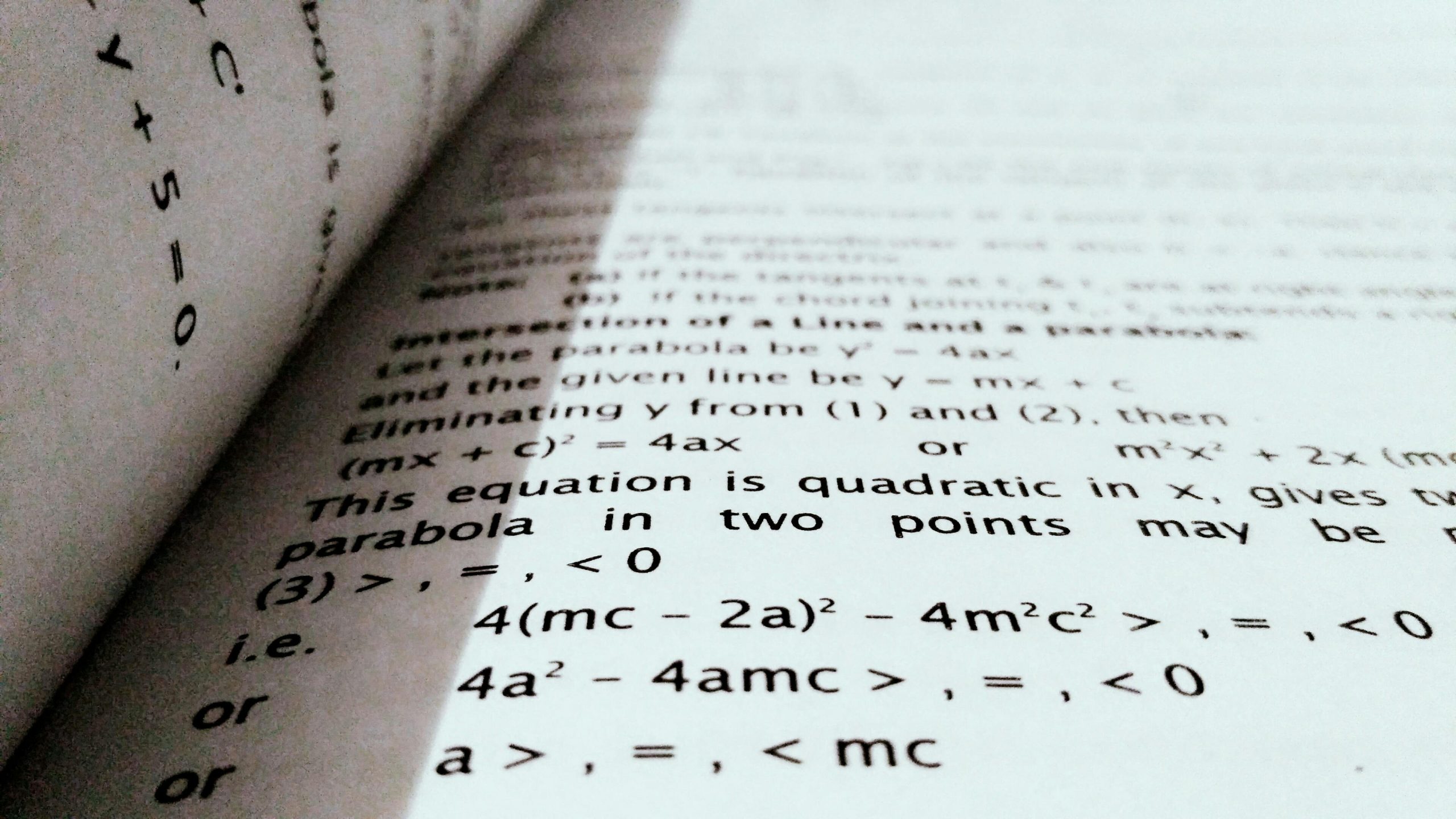If you are a high school physics student, then there will be chances that you have encountered the set of five SUVAT equations. These equations belong to motion (known as kinematics equations) and are used when acceleration remains constant. Many students commit these equations to memory without fully grasping their origins. Get help from the GCSE Physics Tutor at Bright Mind Tutors to learn easy ways to revise SUVAT Equations. In this blog post, we will demonstrate SUVAT formulas using different examples.
SUVAT Equations
v=u+at
s=(u+v)/2(t)
v2=u2+2as
s=ut+1/2at2
s=vt−1/2at2.
The SUVAT equation has total five variables: displacement (s), initial velocity (u), final velocity (v), acceleration (a), and time (t). It’s important to note that these variables are all vectors, possessing both magnitude and direction. Consequently, a positive value shows motion in one direction (e.g., upwards), while a negative value shows motion in the opposite direction (e.g., downwards).
- s is displacement: The distance covered in a particular direction from an initial position. If the distance is traversed in the opposite direction, the displacement will be negative.
- u is initial velocity and v is final velocity: Starting and ending velocities are noted in the designated direction. Entities moving in the opposing direction exhibit negative velocity values.
- a is acceleration: Positive values of acceleration indicate an increase in velocity in the designated direction. Conversely, negative values denote a decrease in velocity in that direction, signifying deceleration or slowing down.
- t is time: This pertains to the entirety of the motion, from its initiation to its end.
Examples with SUVAT Equation
- If a car starts with an initial velocity of 10 m/s and experiences an acceleration of 5 ms-2 for a duration of 3 seconds, what is its velocity when the acceleration stops?
From the question, we know the following values of some of the variables.
s=?
u=10
v=?
a=5
t=3
From the provided values, we know the need to use the SUVAT formulas v=u+at to determine v. Upon substitution, we derive:
V = u+at,
= 10 + ( 5 × 3),
= 25 ms-1.
Thus, the car is traveling at a velocity of 25 ms-1 when it stops to accelerate.
- If a cyclist travels from point A to point B in 6 seconds, starting with an initial velocity of 5 ms-1 at point A and reaching a final velocity of 10 ms-1 at point B, what is the distance between points A and B in meters?
Given the question, we have values for some variables. It’s beneficial to list down the known values as follows:
s=?
u=5
v=10
a=?
t=6
From this list, we recognize the use of the equation s= (u+v)/2(t) to determine s. Upon substitution, we derive:
s= (u+v)/2t
= (5+10)2×6
= 45m
Therefore, the distance from point A to point B is 45 meters.
- Imagine a scenario where a car begins its motion from a stationary position with consistent acceleration, traveling from point A to point B. It requires 2/3 of a minute to reach point B, at which juncture it’s moving at a speed of 60 kmh-1. Determine the distance between points A and B.
Upon initial observation, it’s evident that the final velocity, v, and the time, t, are not expressed in SI units. Consequently, we must convert them into SI units utilizing the conversions 1 km =1000 m, 1 hour = 60 × 60 s = 3600 s, and 1 minute = 60 s. Thus, for v, we have:
60kmh−1=60×1000÷3600ms−1,
=50/3ms−1.
For t, we have
2/3minute=2/3×60s,
=40s.
Now what we know is
s=?
u=0
v=50/3
a=?
t=40
Observe that u =0 since the car starts from a stationary position. Given the list of values, it is evident that we should employ the equation s=(u+v)/2t to determine s. Upon substitution, we derive:
s=(u+v/2)t,=(0+5/3)/2×40,
=100/3m.
The distance from A to B is 100/3m.
Other Useful Links:


